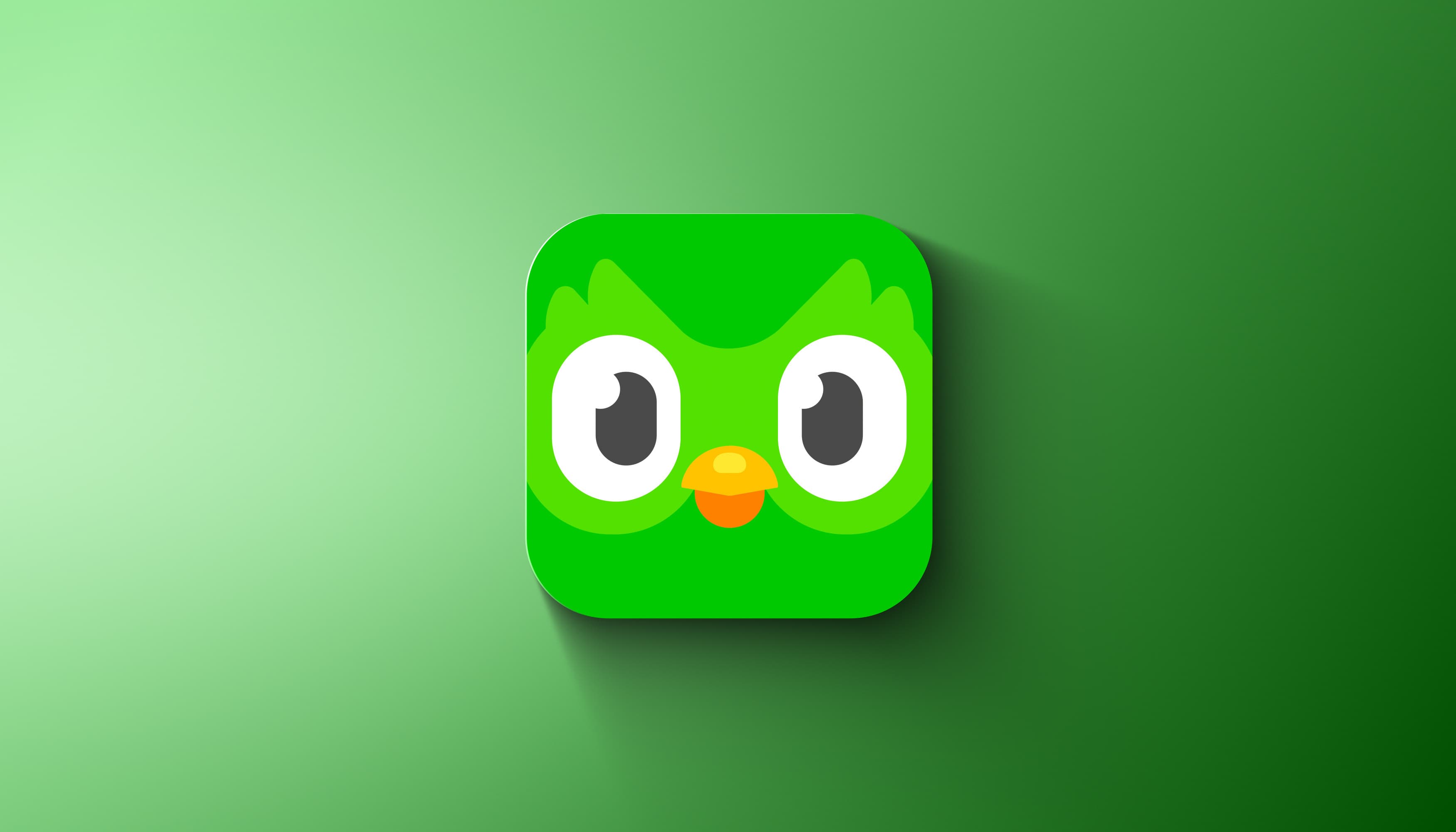- SEO
SEO Agency
Take advantage of the first traffic acquisition lever by entrusting your SEO to a digital agency experienced in SEO. - SEA
SEA Agency
Grow your business quickly with paid search (SEA).
- Social Ads
Social ads
Optimize your social media advertising campaigns to improve your performance.TikTok adsGo viral with your ads on TikTok
Instagram AdsMake your brand shine on Instagram
X Ads (Twitter)Be present in Twitter conversations
Reddit AdsTarget engaged communities on Reddit
- Agency
The agency
Keyweo was born from the desire to create an agency that meets the principles of transparency, trust, experience and performance. - Blog
- Contact
User Generated Content
Home > SEO Agency > SEO Glossary > User Generated Content
Definition
User-generated content (UGC) refers to any form of content, text, images, videos, or reviews created and shared by users or customers. It is not shared by the brands themselves. It appears organically across social media, websites, forums, and review platforms. And it is often without incentive. This material showcases real experiences and interactions with a product, service, or brand.
Unlike branded content, UGC offers authenticity. It can include a customer review, a viral TikTok video, or even an Instagram photo showcasing a new purchase. UGC gives consumers a voice and encourages a community around a shared interest. Many businesses now consider user-generated content marketing a core part of their strategy. Its impact on audience trust and engagement is proven successful.

Quick Access
Types of UGC
User-generated content comes in many formats. It offers brands a variety of ways to engage their audience, build trust, and drive action. The type of UGC often depends on the platform, user behaviour, and the industry in question. Each format plays a unique role in shaping brand perception and influencing purchase decisions.
Some types of UGC arise naturally, and some are influenced by the brand. Understanding all types of user-generated content allows businesses to plan their content strategy. It helps them connect with customers where they are most active.
Here are the most common and effective types of UGC:
Text-based
Includes written expressions such as:
- Product reviews
- Customer testimonials
- Blog comments
- Forum discussions
These written contributions provide valuable insights into the customer experience. They often address real-world concerns that potential buyers care about.
Search engines also favour this type of content. It frequently includes relevant keywords, boosting on-page SEO. It helps your site rank for long-tail queries.

Images
Visual UGC, especially photos, plays a huge role in product marketing. This is particularly true in the fashion, food, beauty, and travel industries. Customers love showcasing their purchases or experiences. The most popular image-driven platforms are Instagram and Pinterest.
These candid visuals serve as authentic endorsements. They offer social proof that the product or service delivers what it promises. Unlike polished product photography, real customer images enhance trust and relatability.
Brands often curate and repurpose these visuals in:
- Email newsletters
- Homepage galleries
- Physical advertising campaigns.
Video
With the rise of TikTok, Instagram Reels, and YouTube Shorts, video content is becoming increasingly popular. Some everyday examples include:
- Unboxing experiences
- Product reviews
- Tutorials (makeup, cooking, DIY, etc)
- Day/week/weekend in the life vlogs
- What I Eat In A Day (WIEIAD)
These videos are a highly effective storytelling tool. They are engaging, informative, and persuasive. Customers are able to see a product in action and understand how it fits into real lives. UGC videos often outperform brand-created videos in terms of engagement. They come across as more genuine and less scripted.
Hashtag campaigns
Branded hashtag campaigns are a structured and highly scalable way to generate UGC. Companies create unique hashtags and invite users to share content around a specific theme, product launch, or event.
Hashtags make it easy to track and organise user submissions across platforms. This is especially true on Twitter, Instagram, TikTok, and LinkedIn. These campaigns often go viral, generating high volumes of content. They increase brand visibility and foster a sense of community among participants.

Influencers
Influencer content is often associated with paid partnerships. But, not all influencer UGC is sponsored. Micro-influencers and brand advocates often create and share content organically. They do this because they genuinely enjoy the product or service.
Their smaller but highly engaged audiences trust their recommendations. This makes influencer UGC incredibly impactful. Influencer-generated content typically includes product demos, unboxings, testimonials or lifestyle integrations. It can be reshared across a brand’s digital channels to reach new audiences.
Brands enjoy both increased reach and added credibility. This is true when partnering with influencers whose niche aligns with their target market.
Contests and giveaways
Contests and giveaways incentivise users to create content in exchange for prizes or recognition. For example, a clothing brand might ask users to post outfit photos using a certain hashtag to win a gift card. These initiatives generate a spike in UGC and increase engagement and brand interactions.
Importance of user generated content
User-generated content plays a key role in shaping brand perception. It adds an element of authenticity that branded content struggles to match. As people trust other users more than businesses, UGC becomes a crucial part of the decision-making process.
Buyers look for customer experiences before committing to a sale. A single review on TikTok can sway an entire audience to buy a product. UGC boosts content social media performance and drives engagement.
As well, UGC allows for cost-effective content creation. Instead of relying solely on internal teams, companies can enjoy the creativity of their community. This not only saves time and resources but also scales marketing efforts quickly.
User-generated content builds trust, improves brand visibility, and fosters deeper connections with audiences.
Pros and cons of UGC
Understanding the pros and cons of UGC will help you make informed decisions. It will help you build a more effective user-generated content marketing approach.
Pros
- Authenticity: It is widely perceived as more authentic than traditional branded messages. When real people share honest experiences, reviews or visuals, it adds a human touch. This is difficult for brand-created content to replicate. This authenticity helps build emotional connections. It fosters long-term customer loyalty and trust.
- Cost-effective: Brands can leverage content already being created by their audience. Encouraging users to share their experiences reduces the need to spend budget on content creation.
- Higher engagement: UGC drives more interaction than branded content. Users are more likely to comment on, share, and engage with content created by peers than with polished advertisements. Featuring UGC on your website or social media channels also increases the time visitors spend on your pages.
- Improved social proof: Social proof is critical in today’s competitive online space. This signals that others are enjoying and endorsing the product. This includes reviews, testimonials, or product photos. This reassures them of the product’s value and encourages them to take action.
- Boosts content volume: Having a consistent publishing schedule is difficult. UGC helps fill this gap by supplying a continuous stream of new material to post.
Cons
- Quality control: Not all content will meet your brand’s quality standards. Users may produce content that is poorly lit, off-message, or inconsistent with your brand’s tone and visual identity. This can be particularly problematic if you’re trying to maintain a premium or curated image.
- Copyright issues: Sharing UGC without explicit permission can lead to serious legal issues. Just because a user tags your brand or uses your hashtag does not automatically grant you the right to reuse their content. Brands must always ask for permission or use a UGC platform that automates rights management.
- Reputation risk: While UGC can enhance your brand, it also comes with exposure to negative feedback. Unsatisfied customers may create content that highlights flaws, complaints, or negative experiences. These can go viral just as quickly as positive posts. This can harm your brand image and affect customer confidence.
- Inconsistency across channels: UGC comes from a variety of users and platforms. The tone, style, and messaging can vary widely. This inconsistency can dilute your branding. This is especially true if the content is not carefully curated.
- Measurement challenges: Measuring the impact of UGC can be tricky. This is particularly true when tracking ROI. It’s easy to count likes, shares, and comments. Understanding how UGC directly contributes to conversions or sales requires more advanced analytics.
Implementing UGC into marketing strategy
To maximise the potential of user-generated content, businesses need a clear plan. Incorporating UGC into a content marketing strategy can enhance brand authenticity and reach.
Start by identifying the best channel for your audience. Social media platforms like Instagram or TikTok are ideal for visuals and videos. Then, invite your users to participate.
Here’s how to effectively use UGC:
- Launch a hashtag campaign to encourage people to post
- Repost high-quality content on your brand’s channels (with permission)
- Highlight customer stories on your website or newsletter
- Include authentic reviews and photos on product pages
- Incentivise participation with contests, giveaways, or shout-outs.
By integrating UGC, you strengthen community involvement and drive long-term loyalty.
UGC Link Attribute
When embedding or linking to user-generated content, it’s important to handle links correctly. Google recommends using the rel=”ugc” attribute to identify such links. This tells search engines that the link is part of user-generated content. It prevents potential spam or manipulation issues.
For example, if someone leaves a comment with a link, it should include rel=”ugc”. This is useful on forums, blogs, or social media where external links appear.

Successful UGC campaigns
Many brands have successfully leveraged user-generated content to build brand loyalty and reach wider audiences. Here are a few stand-out and recent examples:
Spotify Wrapped
Spotify Wrapped campaign (annual) highlights users’ listening habits. It encourages them to share their results via social media. This personalised content goes viral every November and December. Users post stories, screenshots, and playlists. The 2024 Wrapped campaign engaged 225 million listeners. It sparked conversations across social media channels.
Duolingo's TikTok challenges
Language-learning app Duolingo has reinvented its brand identity through witty, user-generated TikTok content. The brand encourages users to take part in challenges and trends with the iconic green owl mascot. In 2024, Duolingo’s campaigns generated millions of organic views. User videos often outperformed the brand’s posts.

ASOS #AsSeenOnMe
Fashion retailer ASOS continues to run the successful hashtag campaign #AsSeenOnMe. Customers share outfit photos on Instagram using the tag. ASOS then reposts these on its product pages and social media channels. This UGC tactic encourages authentic style sharing from customers. This builds trust and creates a strong fashion community around the brand. In 2024, it remains one of the most effective examples of UGC in e-commerce.
Conclusion
User-generated content is the cornerstone of authentic and engaging marketing. By empowering users to share their experiences and opinions, brands foster deeper relationships. This can lead to increased organic growth.
UGC builds trust, drives social proof, and enhances content marketing efforts. With the right strategy, you can harness the power of UGC to elevate your brand.
Most popular definitions
SERP
H1 Tag
trust flow
seo data
popularity index
link juice
alt attribute
semantic cocoon
meta description
internal mesh
robots.txt
duplicate content
Boost your Visibility
Do not hesitate to contact us for a free personalised quote
Notez ce page







